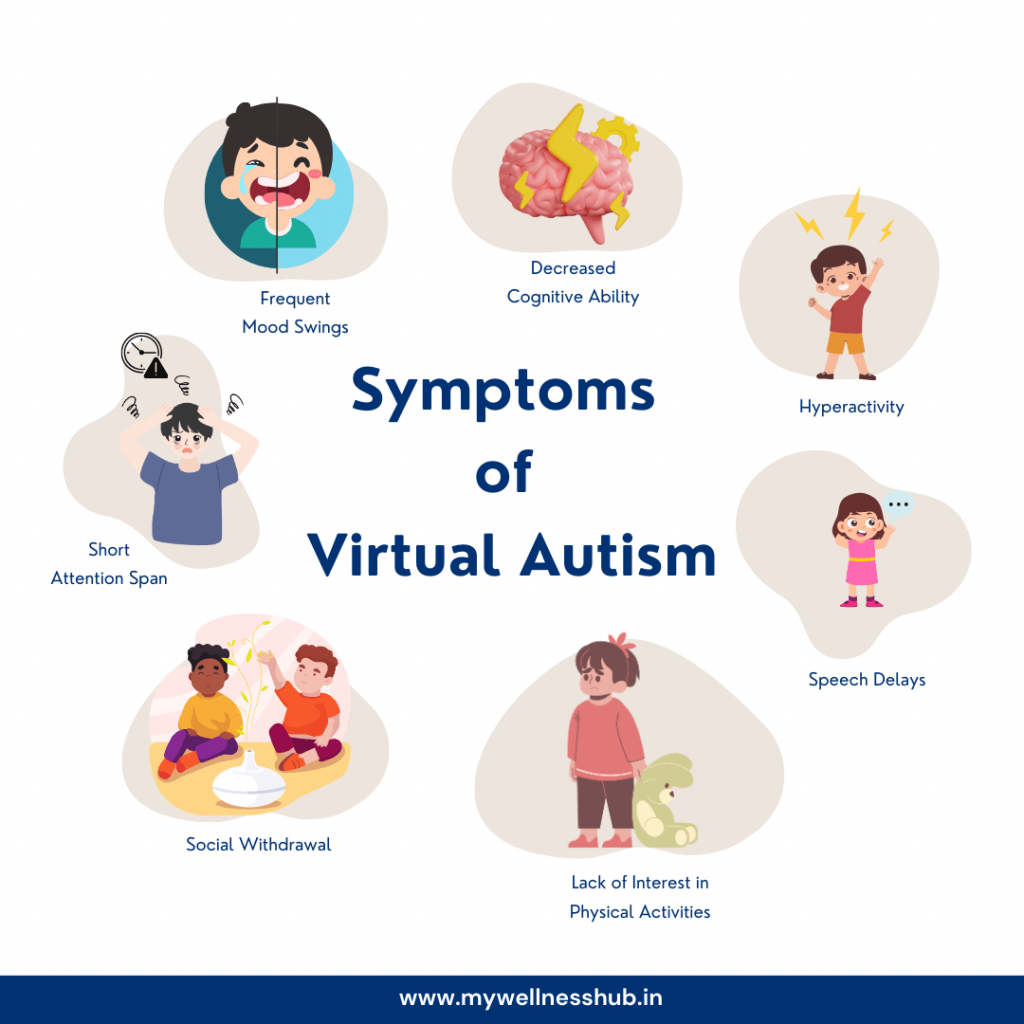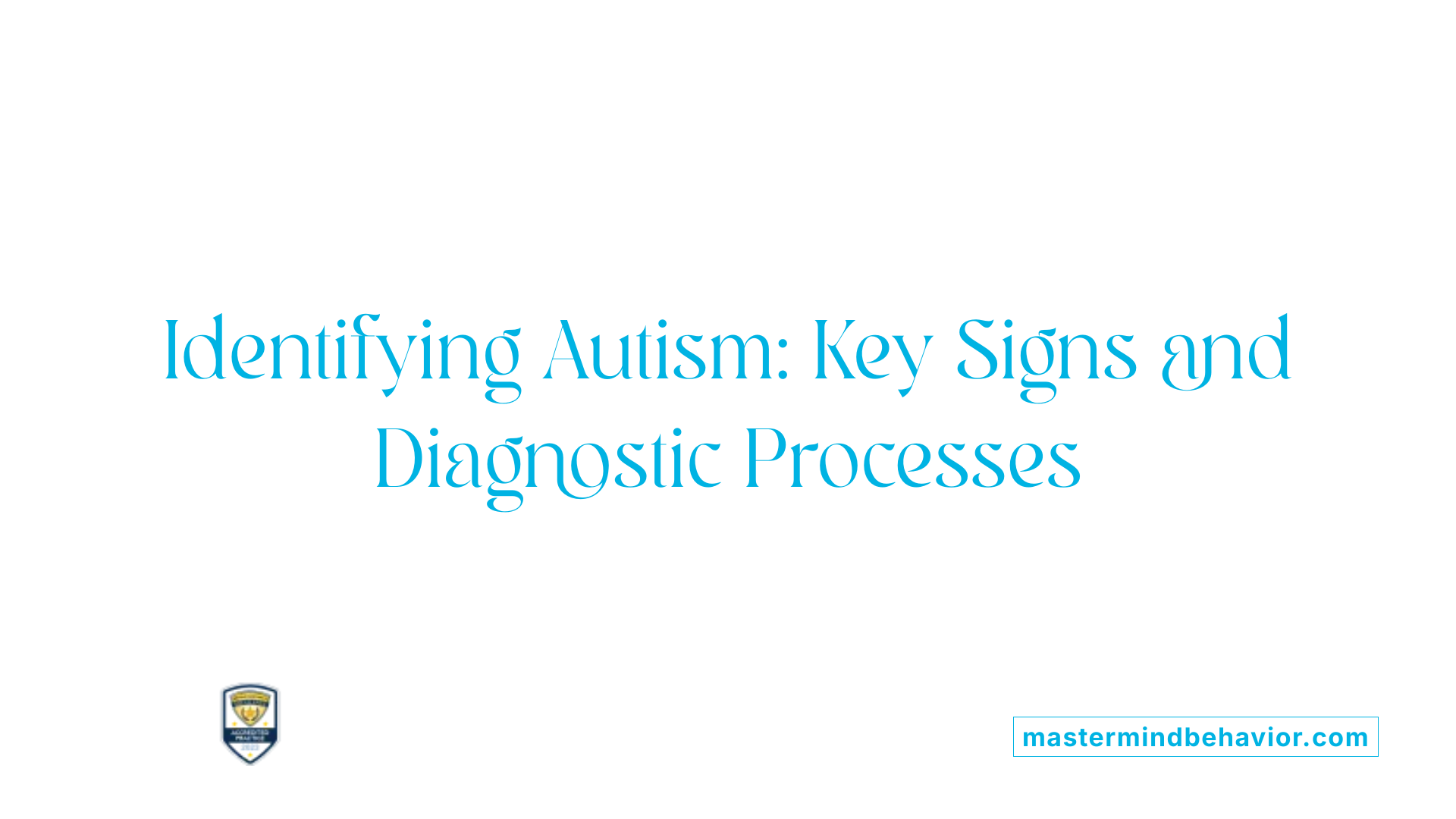Comprehending the Effect of Behavioral Autism on Life and Social Interactions
You might not recognize exactly how deeply behavioral autism influences day-to-day live and social interactions. Individuals on the range frequently browse a globe loaded with interaction difficulties and sensory overload. These difficulties can bring about stress and isolation, impacting their relationships and overall wellness. Comprehending these nuances is necessary for cultivating encouraging atmospheres. What approaches can we apply to create even more inclusive areas and purposeful links? The answers might surprise you.
Defining Behavior Autism and Its Characteristics
Behavior autism, commonly referred to as autism range disorder (ASD), includes a series of problems identified by obstacles in social interaction, interaction, and repeated actions. You may discover that people with ASD typically struggle to translate social cues, which can cause misunderstandings in discussions. They may discover it hard to develop eye contact or take part in tiny talk, making social situations feel frustrating.
Communication problems can show up in various methods, from delayed speech advancement to a choice for using fewer words. Recurring behaviors, such as hand-flapping or shaking, can serve as coping devices to take care of anxiety or sensory overload. These characteristics can exceptionally influence life, making it crucial for you to understand and sustain those with ASD. By identifying these characteristics, you can promote a setting that promotes acceptance and motivates reliable interaction, aiding individuals with autism flourish in their everyday communications.
The Range of Autism: Recognizing Variability in Actions
Autism spectrum problem (ASD) isn't a one-size-fits-all diagnosis; it varies extensively among individuals. You might experience individuals that are extremely spoken and involve easily in discussions, while others might choose singular tasks or communicate non-verbally.
Furthermore, the means individuals with ASD reply to sensory input can differ significantly; some could be bewildered by brilliant lights or loud sounds, whereas others prosper in stimulating atmospheres. The range likewise consists of distinctions in social interactions; some people may battle to analyze social hints, while others browse social settings with loved one ease. Recognizing this variability is important, as it aids you appreciate everyone's special experience and dressmaker support to their details demands, promoting a more comprehensive environment for everybody.
Communication Difficulties Encountered by Individuals With Autism
When you engage with individuals on the autism spectrum, you may observe their unique communication obstacles. They typically encounter difficulties with both nonverbal and spoken signs, which can influence their social communications. Comprehending these barriers is essential for fostering much better links and assistance.

Verbal Communication Troubles
Lots of individuals on the autism range experience verbal interaction problems that can substantially influence their everyday communications. You might locate it challenging to express your ideas, feelings, or requires plainly. This can cause irritation for both you and those around you, as misunderstandings take place. You may deal with starting discussions, preserving a topic, or recognizing nuances in speech. Typically, you might like using straightforward language or repeated expressions, which can restrict your ability to participate in deeper conversations. Your tone, volume, or speed may not align with social expectations, creating others to misinterpret your intents. Identifying these challenges can assist you and your support network create strategies to boost communication and promote much better connections with others in your day-to-day live.
Nonverbal Interaction Obstacles
Spoken communication isn't the only obstacle individuals on the autism range face; nonverbal communication obstacles can be just as substantial. These difficulties can lead to misconceptions or misconceptions of social cues, making interactions really feel confusing or overwhelming. By addressing nonverbal communication, you can locate techniques to enhance your social experiences and improve your total quality of life.
Social Interaction Influences
Social interactions can typically feel frustrating due to the special interaction challenges dealt with by people with autism. You could struggle with translating social signs, making it difficult to comprehend sarcasm or body movement. This can bring about misunderstandings or awkward moments in conversations. Furthermore, starting and preserving conversations might really feel difficult, creating anxiety in social situations. You may choose structured atmospheres, making spontaneous communications awkward. It's additionally common to experience difficulty in engaging in small talk, which can hinder developing brand-new relationships. Recognizing these difficulties can assist you discover methods to enhance communication, such as practicing social skills in safe setups or making use of aesthetic aids - Autism Therapist. Comprehending your requirements enables you to browse social interactions with greater confidence and convenience.
Social Interaction and Relationship Structure in Autism
While building relationships can be testing for people with autism, recognizing their one-of-a-kind viewpoints and communication styles can promote significant links. You may notice that several individuals on the spectrum like direct interaction and may battle with social cues click for more info or little talk. By being straightforward in your communications, you can help produce a setting where they feel comfortable.
Put in the time to observe and pay attention exactly how they share themselves. This insight can guide you in steering discussions much more properly. Participating in shared rate of interests can also act as a bridge to much deeper links. Whether it's a pastime, a favored program, or a mutual enthusiasm, these usual strings can open doors to friendship.
Daily Life Regimen: Navigating Challenges and Strategies
Maneuvering daily life regimens can be specifically testing for individuals with autism, especially when unanticipated adjustments take place. To navigate these obstacles, think about executing visual timetables or checklists.
Establishing a regimen that consists of sensory breaks can likewise be advantageous. This aids create an understanding setting.
Lastly, technique mindfulness techniques to handle stress and anxiousness. Simple breathing workouts or basing methods can make a significant distinction. By integrating these approaches, you can enhance your day-to-day routine and reduce disturbances, making life feel a lot more convenient.
Toughness and Abilities of Individuals on the Autism Range
Understanding life regimens is simply one facet of the autism experience. Numerous individuals on the autism range have remarkable strengths and capabilities that establish them apart. You could find that your interest to detail is exceptional, enabling you to master jobs that call for accuracy and emphasis. Your capacity to think outside the box can result in cutting-edge solutions in various circumstances.
In addition, your memory abilities frequently beam, particularly in locations of rate of interest. Aba Therapist. This propensity for maintaining info can make you an important source in areas like art, innovation, or science. You might also exhibit solid visual thinking, allowing you to envision complex principles and fix issues creatively
In addition, your distinct perspective on the globe can promote empathy and understanding in others, improving social interactions. Welcoming these staminas not only enhances your confidence however also aids others appreciate the diverse skills you bring to the table.
Producing Comprehensive Atmospheres for Individuals With Autism
Developing inclusive atmospheres for individuals with autism starts with designing sensory-friendly areas that satisfy their special requirements. You can also promote opportunities for social interaction, aiding to develop friendships and connections. By making these changes, you'll add to a much more inviting atmosphere for every person.
Creating Sensory-Friendly Spaces
While developing sensory-friendly rooms, it's vital to show on the one-of-a-kind needs of people with autism. Beginning by picking soothing colors and soft illumination to create a comforting environment. When bewildered, incorporate peaceful zones where people can pull away and reenergize. You'll want to reduce loud noises and distractions, utilizing soundproof products or white sound equipments to help maintain tranquility. Consider tactile elements like soft fabrics or fidget-friendly objects that can offer comfort. Establish that areas are versatile, allowing for very easy reformation to suit various tasks. Include visual routines or clear signage to help people browse the area confidently. By thoughtfully incorporating these components, you can develop an inviting atmosphere that sustains click for more sensory needs and advertises total health.
Promoting Social Communication Opportunities
Designing sensory-friendly spaces not only addresses private convenience yet additionally establishes the phase for meaningful social interactions among individuals with autism. Encourage peer mentoring, combining people with autism with encouraging peers that can guide them through social circumstances. By applying these strategies, you can improve social chances, assisting people with autism develop friendships and enhance their social skills in a risk-free, welcoming atmosphere.

Frequently Asked Questions
Just How Can Friends Support A Person With Behavioral Autism?
You can support a good friend with behavioral autism by being individual, paying attention actively, and appreciating their borders. Engage in activities they take pleasure in, connect freely, and create a comfortable environment where they really feel valued and recognized.
What Resources Are Offered for Parents of Children With Autism?
You can explore various resources for parents of children with autism, consisting of assistance groups, educational websites, and neighborhood social work. Linking with other parents can likewise offer valuable understandings and shared experiences to assist navigate difficulties.
Can Behavioral Autism Modification Over Time?

Yes, behavioral autism can alter gradually. You could observe shifts in interaction, social abilities, and habits as your kid expands. Early intervention and support commonly play crucial duties in these developing modifications.
Exactly How Do Sensory Sensitivities Affect Life?
Sensory sensitivities can make day-to-day experiences frustrating. You may have a hard time with intense lights or loud noises, resulting in tension or avoidance. Locating settings that accommodate your demands can substantially enhance your comfort and overall every day life.
What Are Usual Misconceptions Regarding Behavioral Autism?
You might assume behavioral autism only influences communication abilities, however it's more facility. Lots of think people lack compassion or intelligence, which isn't true. Understanding these misunderstandings aids foster approval and assistance for those on the spectrum.
Behavior autism, commonly referred to as autism spectrum condition (ASD), encompasses a variety of conditions defined by challenges in social communication, communication, and recurring behaviors.Social communications can frequently really feel overwhelming due to the one-of-a-kind communication obstacles encountered by people with autism.Designing sensory-friendly rooms not only addresses private convenience but likewise establishes the stage for significant social communications among people with autism. Urge peer mentoring, matching people with autism with encouraging peers who can lead them with social situations. By carrying out these strategies, you can enhance social chances, aiding individuals with autism develop relationships and browse around this web-site reinforce their social abilities in a safe, welcoming setting.
Comments on “Navigating sensory overload with support from Autism Spectrum Therapies”